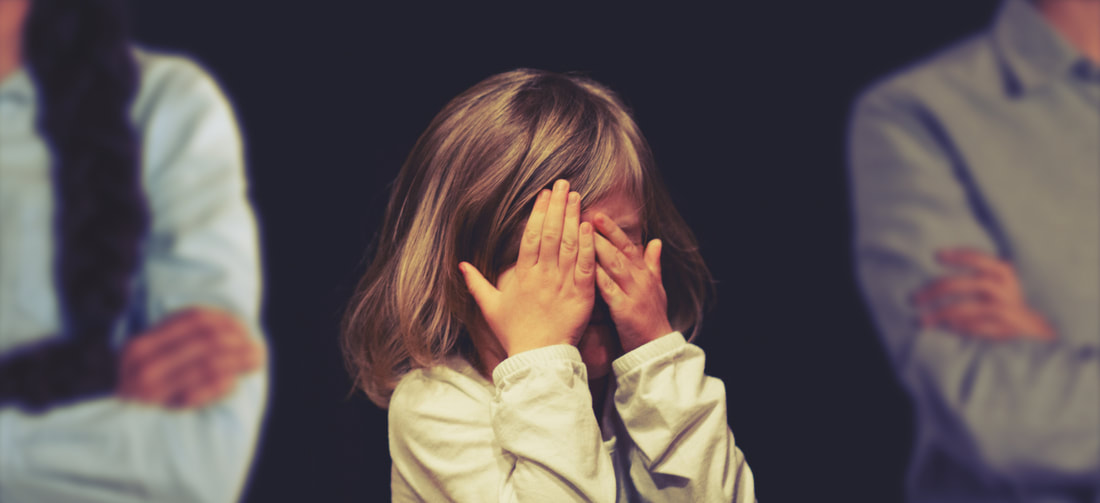
In 1938, there was widespread prejudice and segregation of whites and people of color in America. Yet, in the midst of this conflict, Benny Goodman created the first band including people of mixed races performing for a paid audience together. Many musicians followed his lead, showing others that music doesn’t depend on race, but can be a beautiful thing performed by everyone. Throughout the years, music has been able to overcome many conflicts. Music not only entertains us, but touches our emotions and speaks to our logic in a way that can be subtle, yet still powerful. The music classroom has the ability to play a major role in conflict resolution and peace-building. This article will explore the many ways in which music can cultivate empathy, bring communities in conflict together, and create a more peaceful learning environment for music students.
- Music Can be Used to Address Psychological and Emotional Challenges – One of the places I taught music was an elementary school with known behavior problems. They had recently taken over an F rated school and were trying to improve student performance. They had security guards going around each classroom and counselors to help children as needed. It was a school that had a high percentage of homeless kids and kids with trauma. Every week, the teachers were mandated to take teacher training. What was one thing I learned while working at this school? Music is a powerful tool to lower aggression. By dimming the lights and playing a calm song, the entire mood of my classes would change. I noticed how children’s aggression or anxiety could be effected by the emotions of the music they heard. Also, I learned that the lyrics we sing can touch the lives of others. I’ll never forget the passion which my second grade music class sang this particular song about confidence. It had lyrics that they could relate to about life being difficult, but rising above. We discussed the lyrics as a class and the class fell in love with this song. To learn more about how music can help in mental health you can read this article.
- Music Promotes Empathy for Others – There is an abundance of musical works available to choose from from all over the world. A music teacher can easily expose students to music from different cultures and times in history and start discussions which may even tie into their homeroom class topics. Music can be composed or performed by people who have different shapes and sizes, different physical ailments, or speak different languages. By playing performances including people who “look” different, students can begin to have empathy and understanding for others. Playing a variety of music can be a starting point for discussions about inclusion. It can be a window of understanding for students who never knew about these people or their ideas before.
- Music Can be a Collaboration Between People of Different Cultures – In your classroom, their is most likely a variety of students from all different backgrounds. By performing music together, they are also coming together socially. This may help mend conflicts or derision which may be occurring on the playground or at home. Even though there was extreme prejudice in America during the 1930s, Benny Goodman played with people of mixed races. They were just musicians playing, not black or white.
- Music Can be Used as a Political Voice – It’s a good idea to stay out of current politics when teaching, but teachers should also be aware that music has been used as a political voice and is still used today by minority cultures to speak out about sensitive topics. For example, in what is known as the “Singing Revolution,” the people of Estonia from 1987-1991 used music to gain their independence from the Soviet Union by coming together in the thousands to sing folk songs from their native country. Over and over again, music has proven to be a powerful tool for peace-building. Students may be listening to controversial music at home. It may be a good idea to have a discussion about how people in the past have used music to create change. You may also take time to discuss how their musical listening choices shape the entertainment industry. They have the ability to say “no” to songs with cursing or that talk badly about others by turning those songs off.
- Music is a Healthy Way to Express Thoughts and Feelings – Give your students an opportunity to express their feelings and thoughts in lyric form or by composing short instrumental pieces. The art of improvisation can be a great way for students to express themselves and build confidence. For more information about this you can read this article.
In conclusion, music is an important tool for conflict resolution and peace-building. Music educators should be aware of their ability to affect change in the lives of their students for the better. Let’s build the confidence of our students, foster empathy, create a better understanding of people who seem “different,” and create leaders who will go out into the world and make a difference themselves. Who knows, you could have the next Martin Luther King, Jr. sitting in your classroom.

